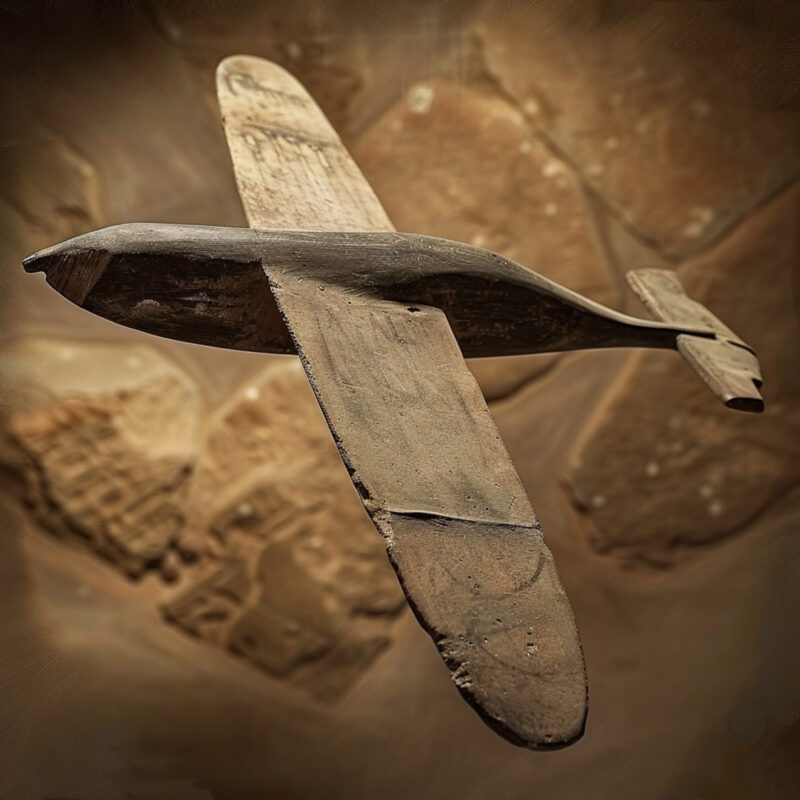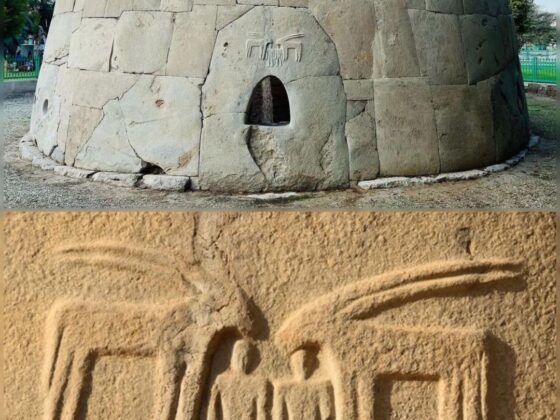The Saqqara Bird is an ancient Egyptian artifact discovered in 1898 during an excavation of the tomb of Pa-di-Imen in Saqqara, Egypt. This intriguing object has sparked considerable interest and debate among archaeologists and historians due to its unique design and potential implications regarding ancient Egyptian knowledge of aerodynamics.
The Saqqara Bird is made of sycamore wood and measures approximately 15 cm (5.9 inches) in length, with a wingspan of about 18.3 cm (7.2 inches). Weighing around 39 grams (1.4 ounces), it features a bird-like form with outstretched wings, a carved beak, and eyes. Notably, the artifact has a vertical tail, which distinguishes it from most bird representations found in ancient Egyptian art. Originally, the bird was painted to resemble a falcon, a symbol of divinity and power in ancient Egyptian culture.
This artifact is estimated to be around 2,200 years old, dating back to the Ptolemaic period, specifically around 200 BCE. It is currently housed in the Egyptian Museum in Cairo, where it continues to be a subject of fascination for visitors and researchers alike.
Upon its discovery, the Saqqara Bird was initially classified as a ceremonial object by archaeologists. Its exact purpose remained unclear for many years, leading to various interpretations regarding its significance within ancient Egyptian society.
The Saqqara Bird has garnered attention not only for its artistic qualities but also for the controversial interpretations surrounding its potential function. Some researchers have suggested that it may have been a model or representation of an early flying machine, given its aerodynamic shape. Others argue that it was simply a decorative or symbolic item without any practical application.










